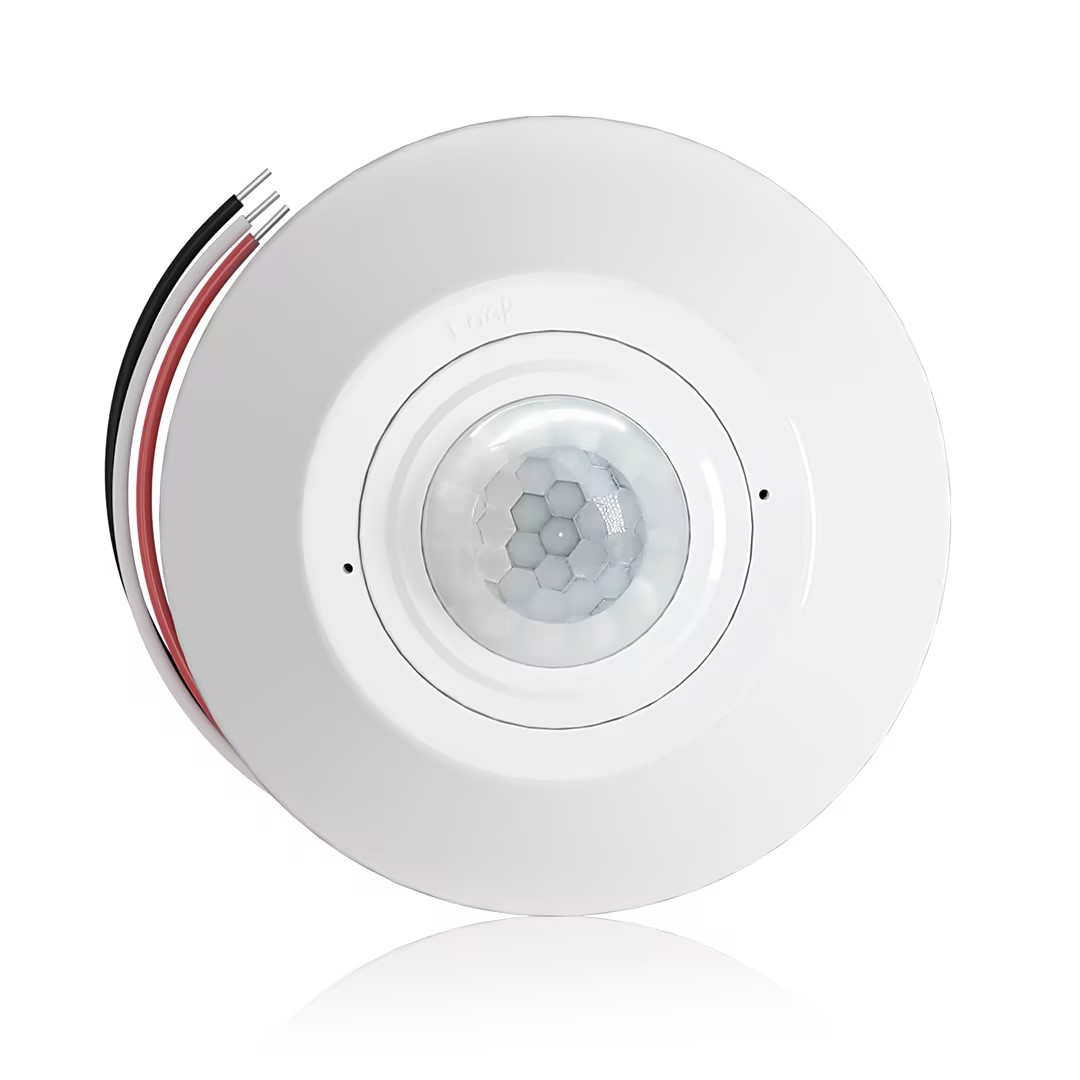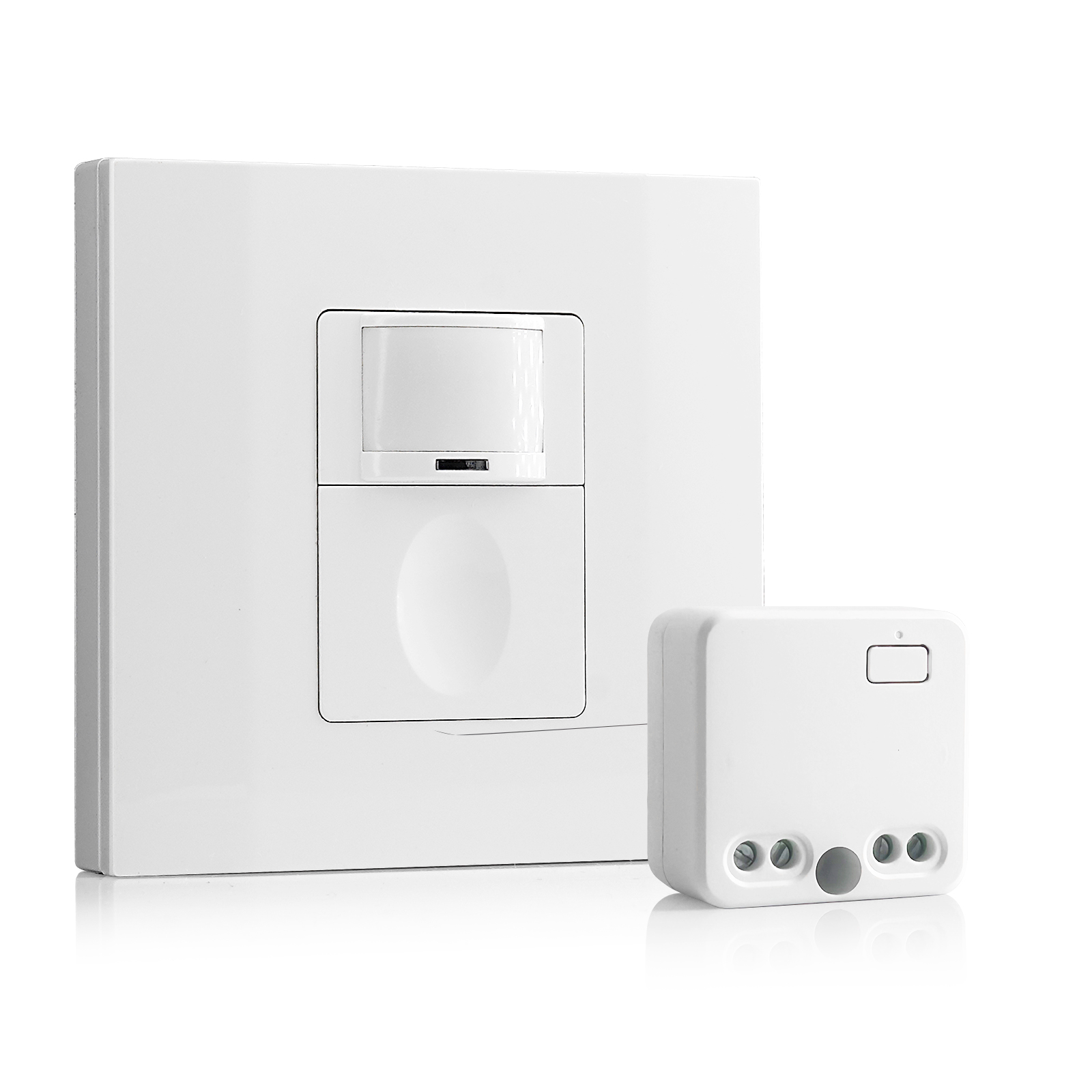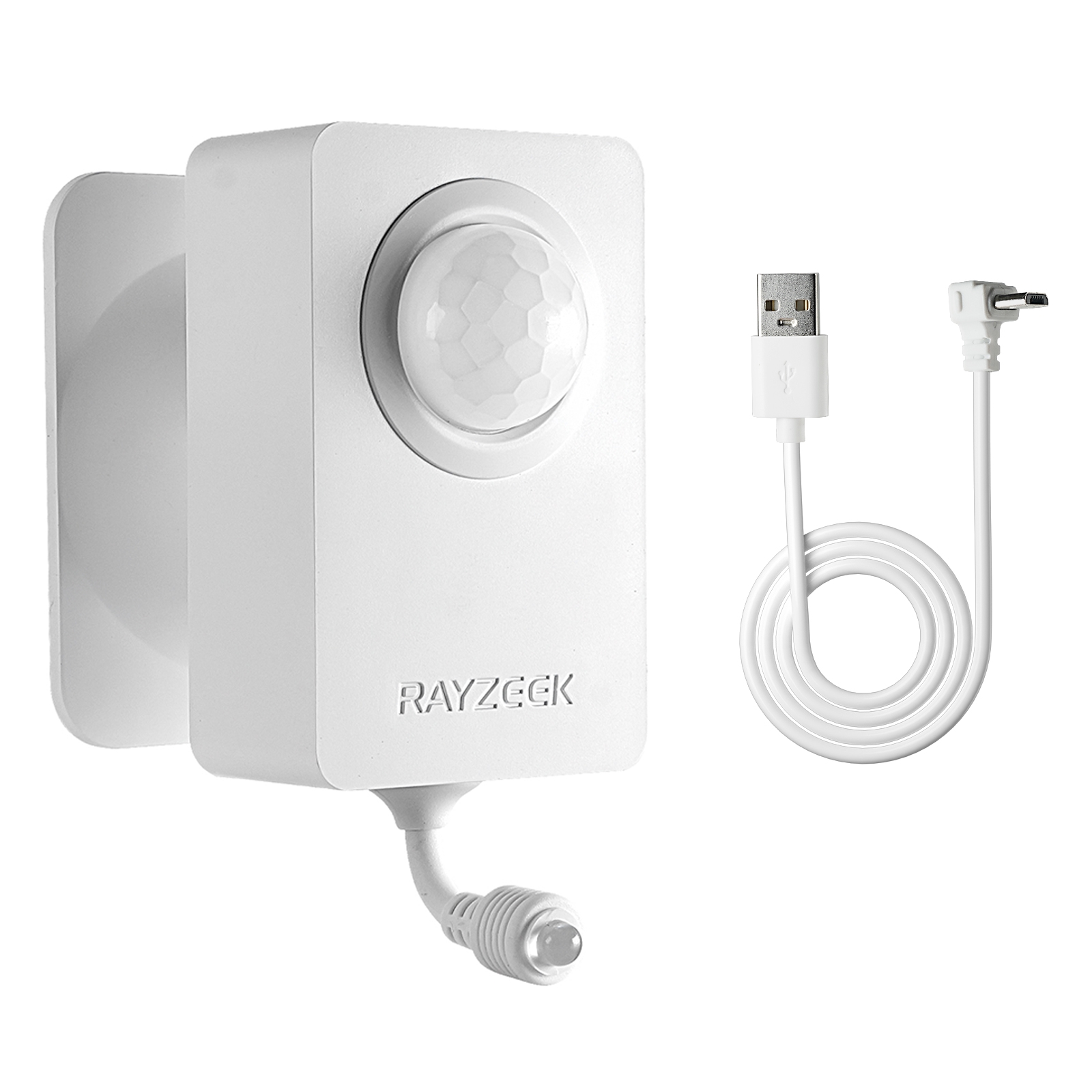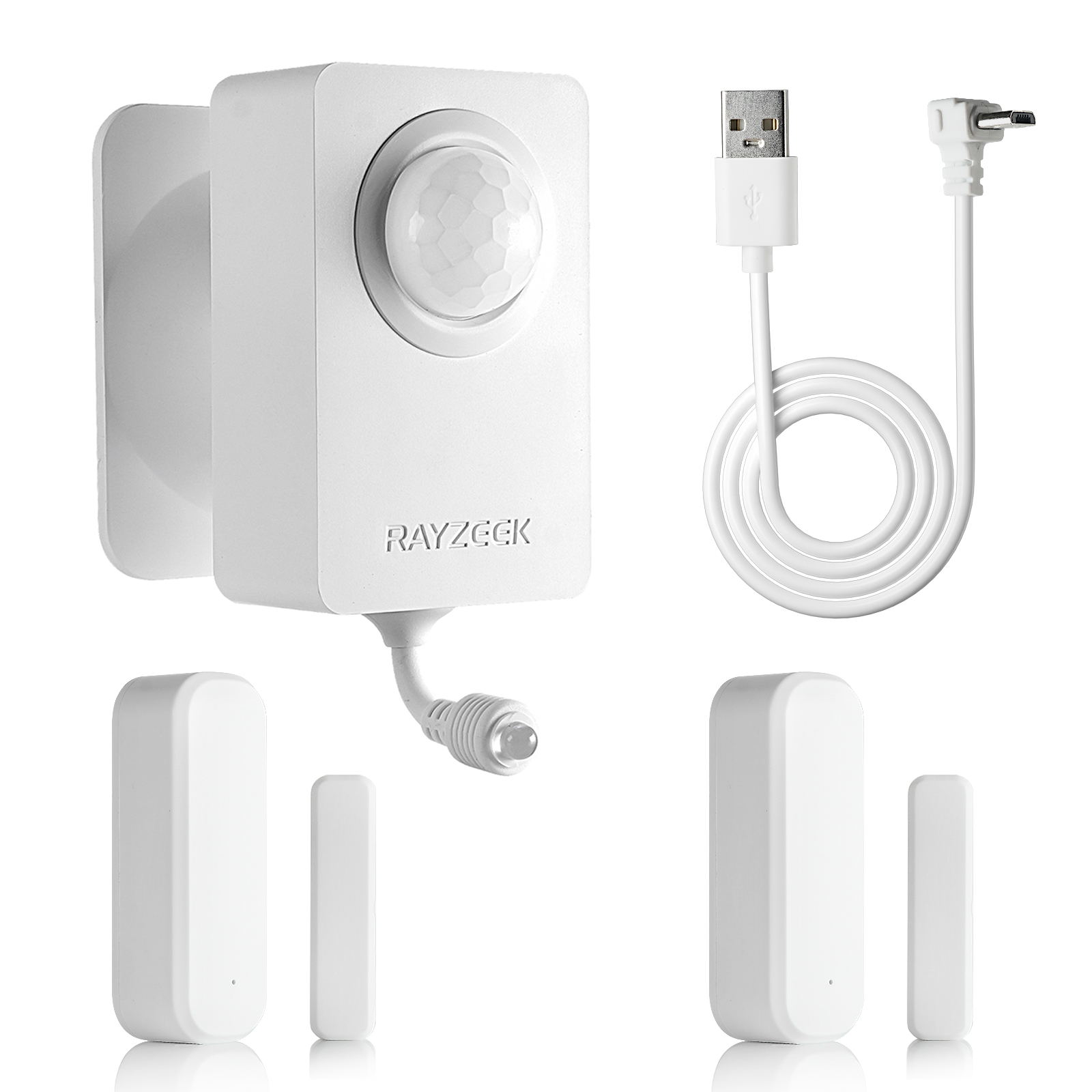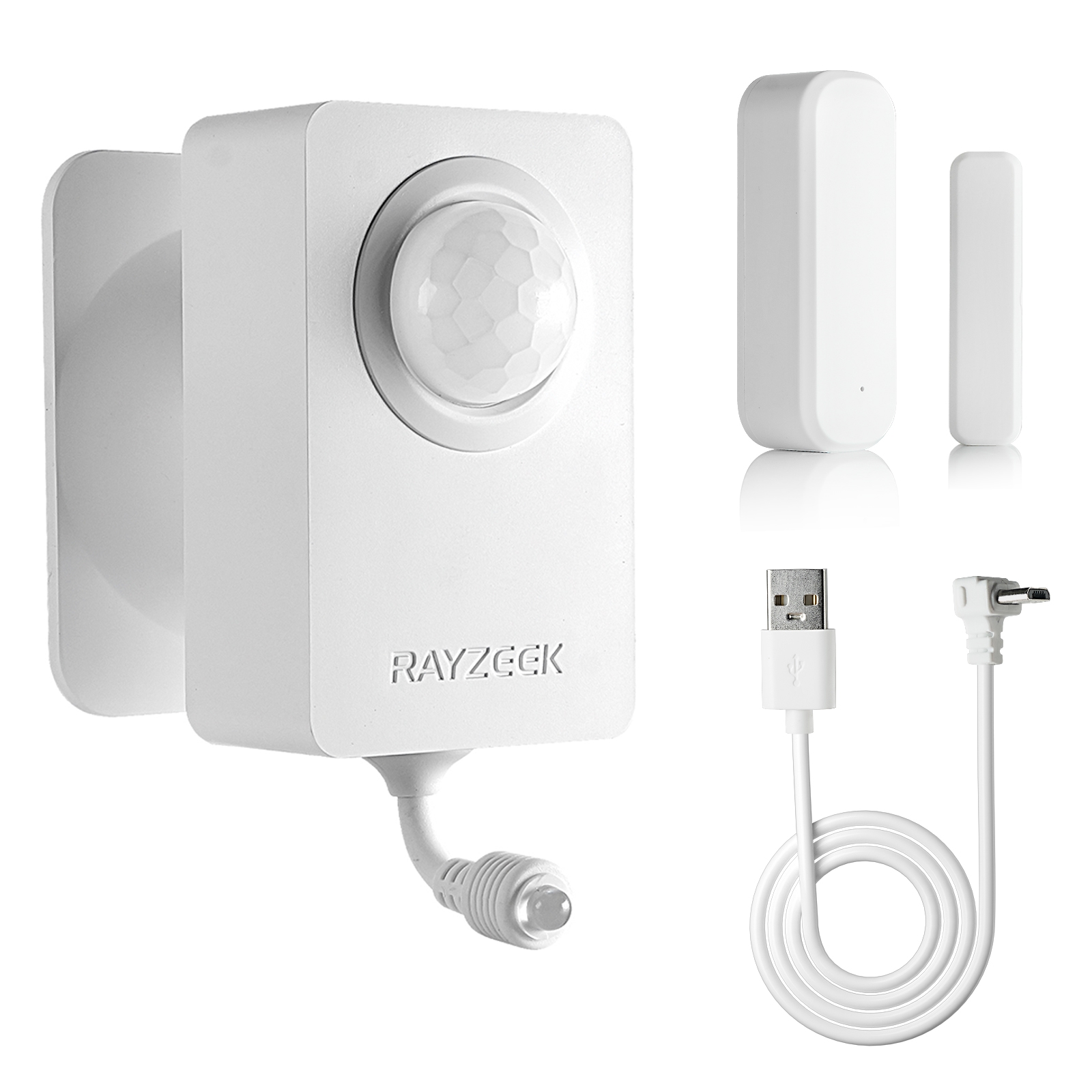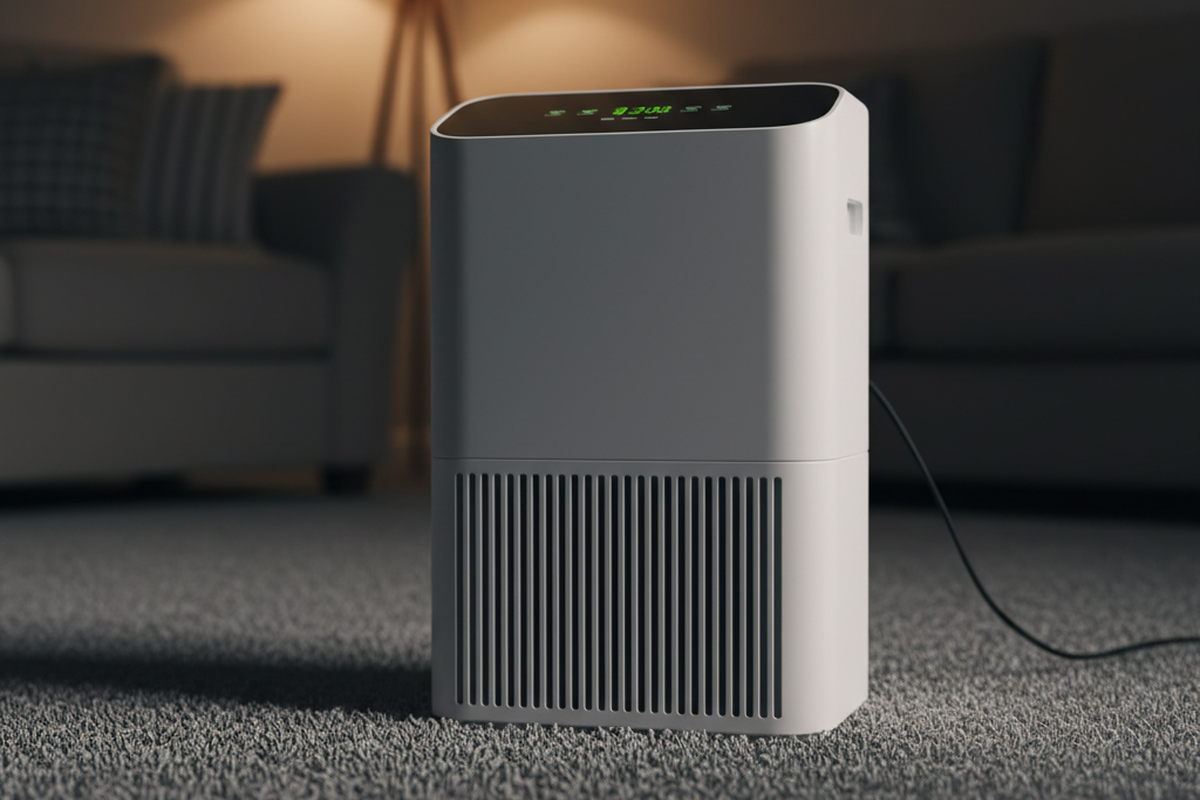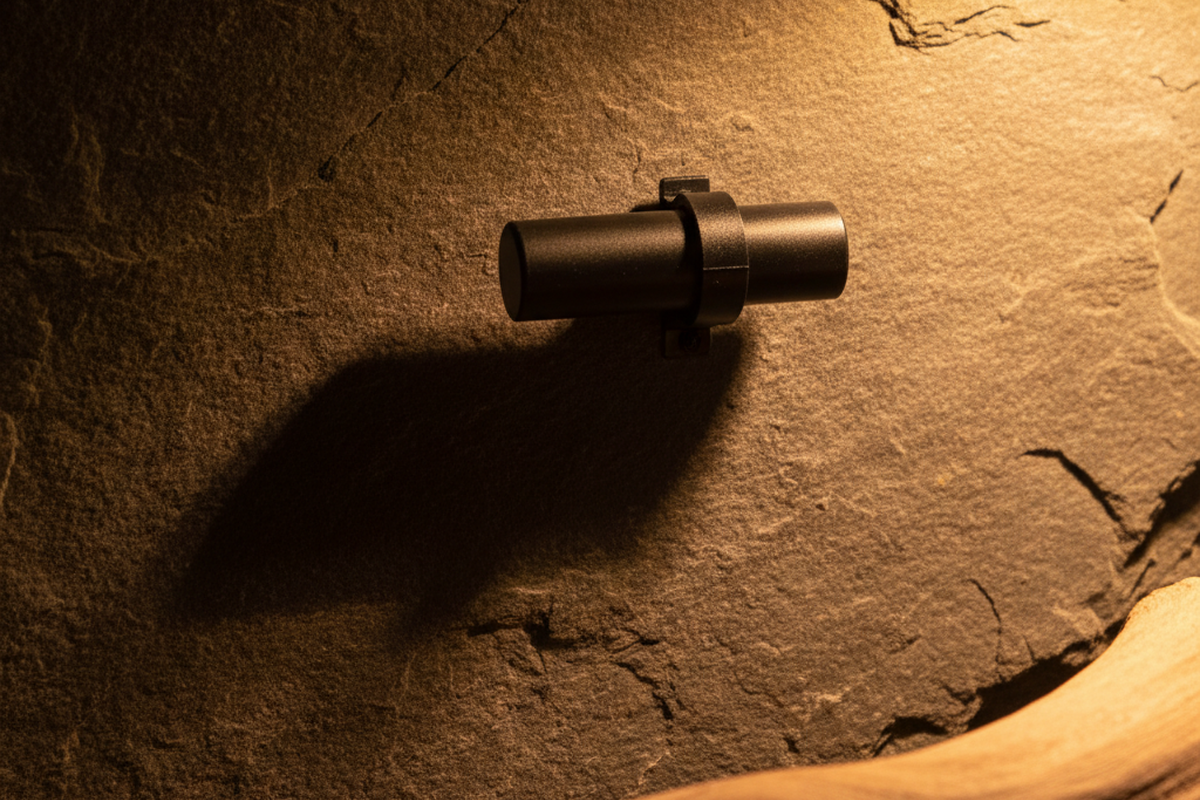Co je pasivní infračervená detekce
Pasivní infračervená detekce, známá také jako detekce PIR, je metoda detekce pohybu založená na změnách infračerveného záření. Senzory PIR, které se běžně používají v osvětlovacích systémech, detekují infračervené záření vyzařované objekty v jejich zorném poli nebo od nich odrážené. Na rozdíl od aktivních senzorů PIR senzory samy nevyzařují energii, ale spoléhají na detekci existujícího záření. Díky tomu jsou energeticky úsporná a nákladově efektivní řešení pro detekci pohybu.
Senzory PIR se skládají z detektoru a čočky, která zaměřuje infračervené záření na detektor. Když se zdroj tepla, například osoba nebo velké zvíře, pohybuje v detekčním rozsahu snímače, zachycený tepelný obraz se změní. Tato změna infračerveného záření spustí detektor, který následně vyšle signál do osvětlovacího systému, aby podle toho aktivoval nebo deaktivoval světla.
Možná máte zájem o
Jednou z výhod pasivní infračervené detekce je její schopnost zajistit spolehlivou a přesnou detekci pohybu při minimalizaci falešných spouští. Senzory PIR jsou navrženy tak, aby detekovaly jedinečný vzor infračerveného záření vyzařovaného lidmi a velkými zvířaty, díky čemuž jsou velmi účinné při rozlišování mezi žádoucím a nežádoucím pohybem. To umožňuje přesné řízení osvětlení, což zajišťuje, že se světla aktivují pouze v případě potřeby, a tím šetří energii a snižuje náklady. Senzory PIR neměří přímo "teplo", ale spíše detekují změny infračerveného záření vyzařovaného objekty nebo odraženého od nich. Jsou citlivé spíše na rozdíly teplot mezi pohybujícím se objektem a jeho okolím než na absolutní teplotu samotného objektu.
Inspirujte se portfoliem pohybových senzorů Rayzeek.
Nenašli jste to, co jste chtěli? Nebojte se. Vždy existují alternativní způsoby řešení vašich problémů. Možná vám pomůže některé z našich portfolií.
Často kladené otázky
Co znamená PIR v osvětlení
Pasivní infračervený senzor (PIR senzor) je elektronické zařízení, které detekuje infračervené světlo vyzařované objekty v jeho dosahu. Běžně se používá v PIR detektorech pohybu, které automaticky aktivují světla, když kolem nich někdo projde.
Jaké jsou nevýhody pasivního infračerveného senzoru
Nevýhodou pasivních infračervených senzorů (PIR) je jejich nižší citlivost a menší pokrytí ve srovnání s mikrovlnnými senzory. Senzory PIR nejsou schopny pracovat při teplotách vyšších než 35 stupňů Celsia. Kromě toho účinně fungují v přímé viditelnosti (LOS), ale mohou mít problémy v rohových oblastech. Senzory PIR jsou také necitlivé na velmi pomalý pohyb objektů.
Jaký je rozdíl mezi PIR a infračerveným signálem?
Jejich hlavní rozdíly spočívají ve způsobu fungování. Zatímco infračervené (IR) senzory jsou určeny k detekci toho, zda světlo vyzařované vysílačem pochází z objektu nebo osoby, PIR senzory jsou naopak speciálně navrženy k detekci změn úrovně energie v daném prostoru.
Funguje PIR při denním světle
Ačkoli se obecně soudí, že světla se senzorem pohybu fungují pouze v noci, je důležité si uvědomit, že ve skutečnosti zůstávají aktivní i během dne, pokud jsou zapnutá. To znamená, že pokud je světlo zapnuté, detekuje pohyb a svítí i za denního světla.
Proč je senzor PIR nejlepší
Senzory PIR jsou považovány za nejlepší, protože detekují speciálně tepelné stopy, což znamená, že je nelze snadno spustit neživými předměty, které se dostanou do jejich zorného pole. Proto jsou ideální pro bezpečnostní světla, protože je neaktivují věci, jako je listí vanoucí přes cestu nebo větve pohybující se ve větru.
Co nejlépe detekují senzory PIR
Senzor PIR je primárně určen k detekci změn teplot, konkrétně tělesného tepla (infračervené energie). Je hojně využíván jako snímač pohybu v domácích bezpečnostních systémech.


